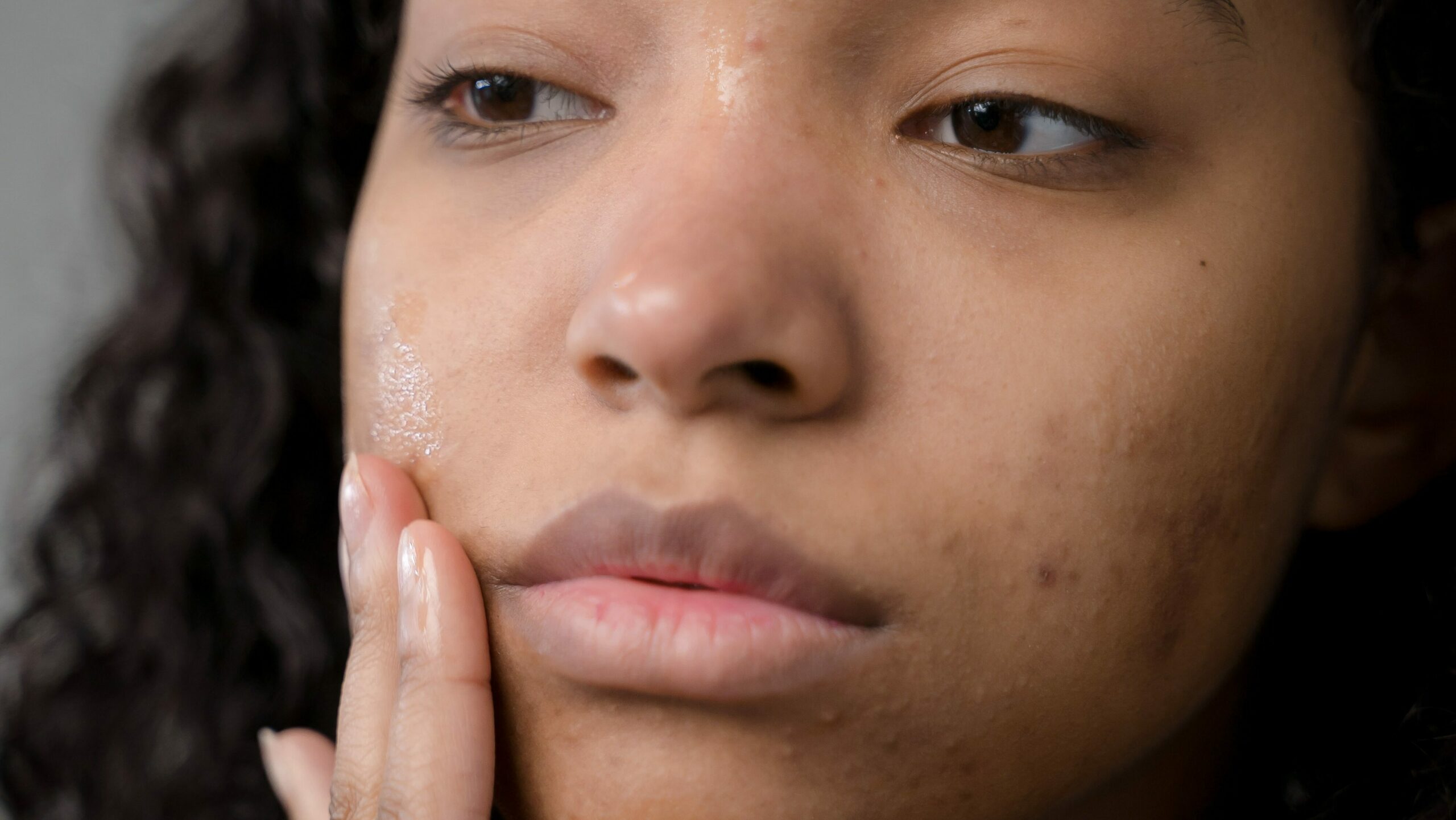
by Dr Sophie Genoni of Femma

Are you confused about acne and wanting answers? Femma GP Dr Sophie Genoni debunks some common acne myths.
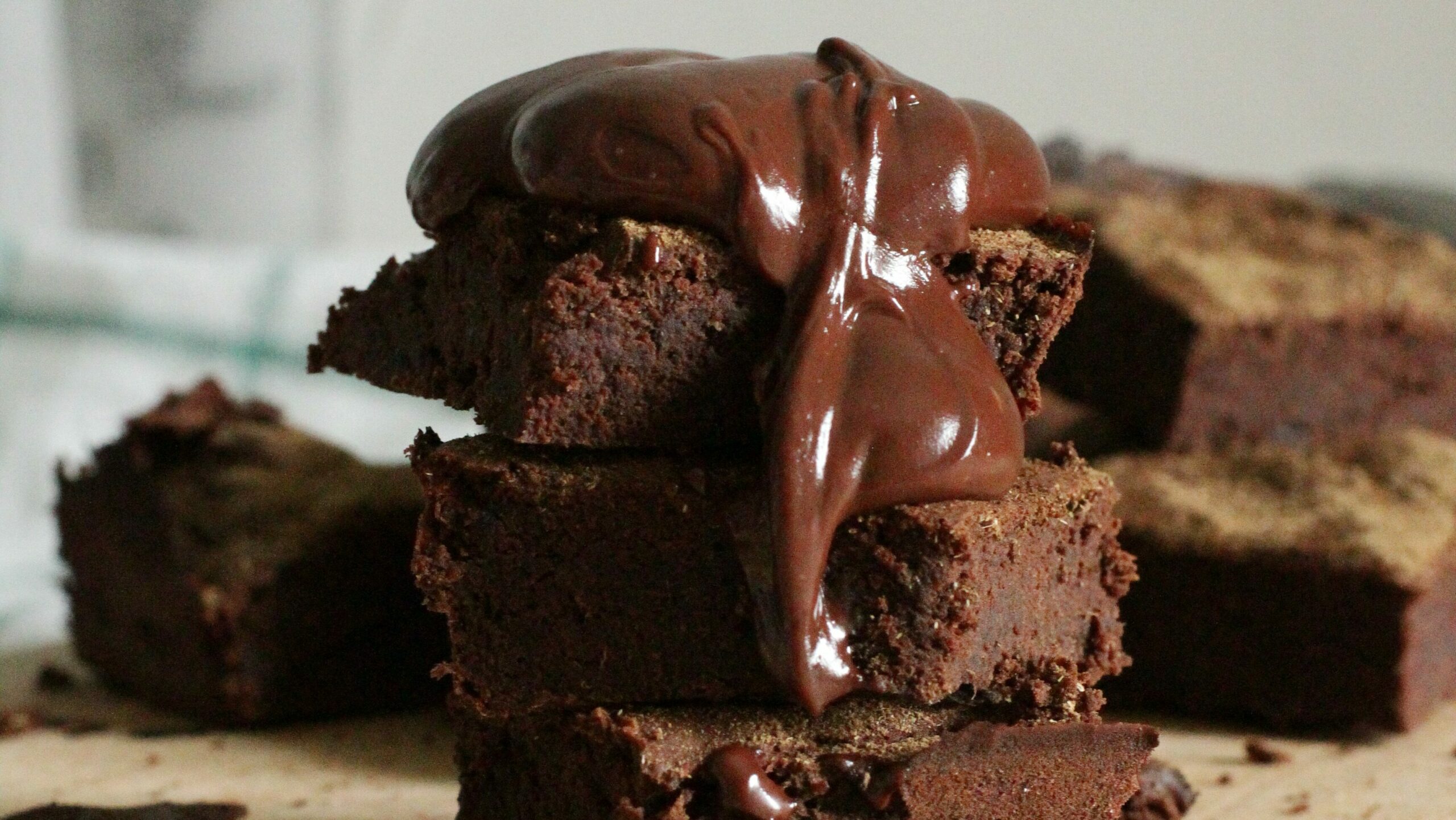
Acne and Diet
Myth: My acne is caused by eating chocolate and fatty foods.
Truth: There are extensive studies showing that diet is not linked to the development of acne. This means that eating particular foods will not cause acne. There are some studies which show that high glycaemic index (GI) foods and dairy may worsen acne in some people, but this is a small minority.
Glycaemic index is a measure of how fast the glucose in food is absorbed after consumption. Foods with a lower GI will cause a slower blood glucose rise. Examples of low GI foods include wholegrains, fruit and vegetables and pulses. These foods are beneficial for health in other ways, so adding a range of low GI foods to your diet is a simple change to make if you felt this might improve your acne. Dairy contains calcium, which is important for women’s bone density. If you are considering reducing or excluding dairy, it is important you ensure to include other dietary sources of calcium, a calcium fortified non-dairy milk or taking a calcium supplement.
It may be helpful to keep a food diary if you feel that something you are eating is causing your acne to flare, and discuss this with your GP.
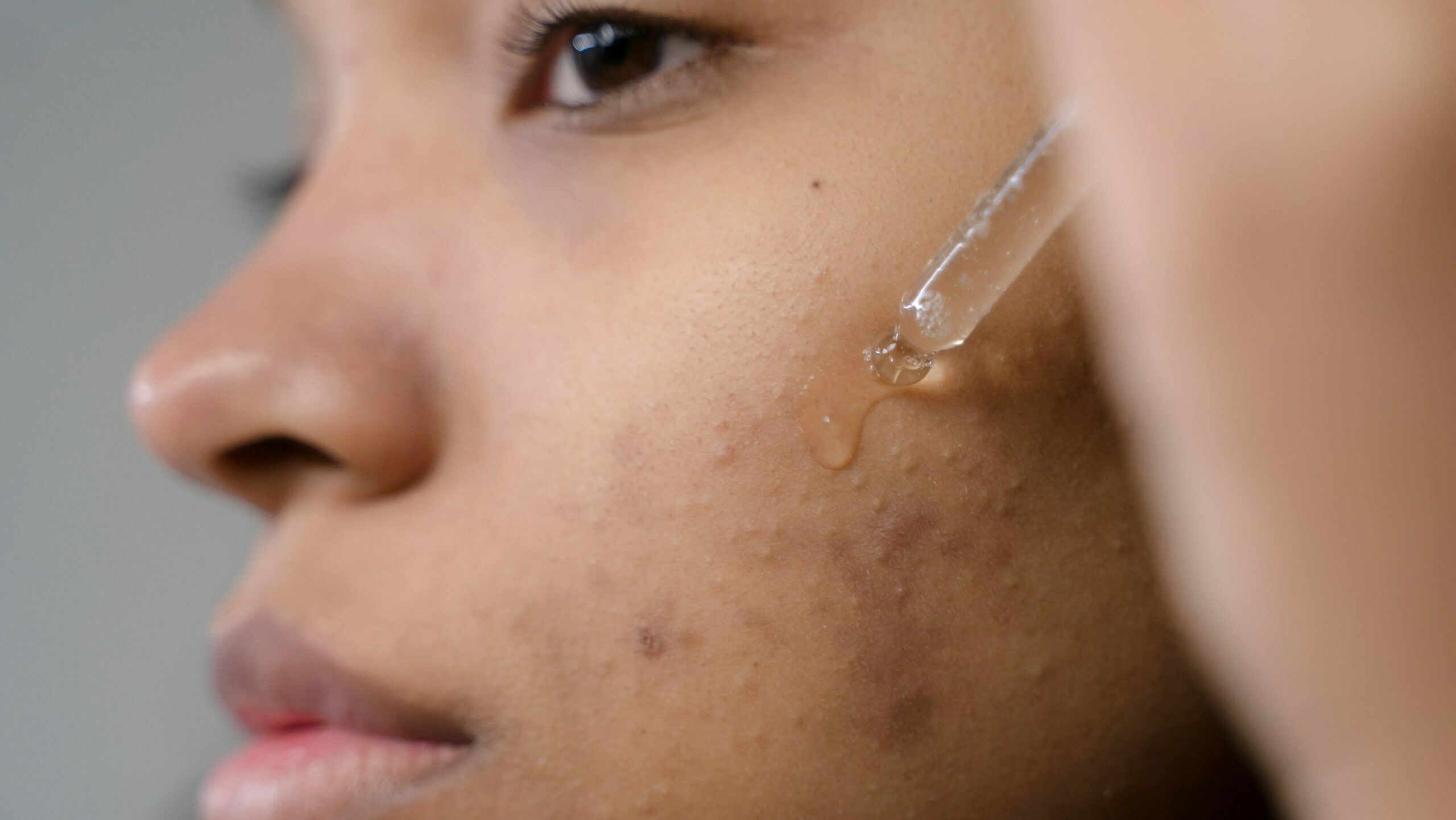
Acne and hormones
Myth: My acne is caused by my hormones being imbalanced, so I need blood tests to check my hormones.
Truth: Androgen hormones cause increased oil production in the pilosebaceous unit (the oil glands next to the hair follicles in the skin). However, this increased oil production can occur with normal levels of androgens, due to the oil gland itself being sensitive to the hormones. Androgen hormones are switched on during puberty, which is why we see acne developing in adolescence. Women with polycystic ovarian syndrome (PCOS) have abnormal levels of androgen hormones. Testing hormone levels may be required in women who have other features suggestive of PCOS, such as irregular periods.
There are other rare conditions which may affect androgen or other hormone levels, and these can have acne as a feature. However, in most instances acne is not related to an underlying condition.
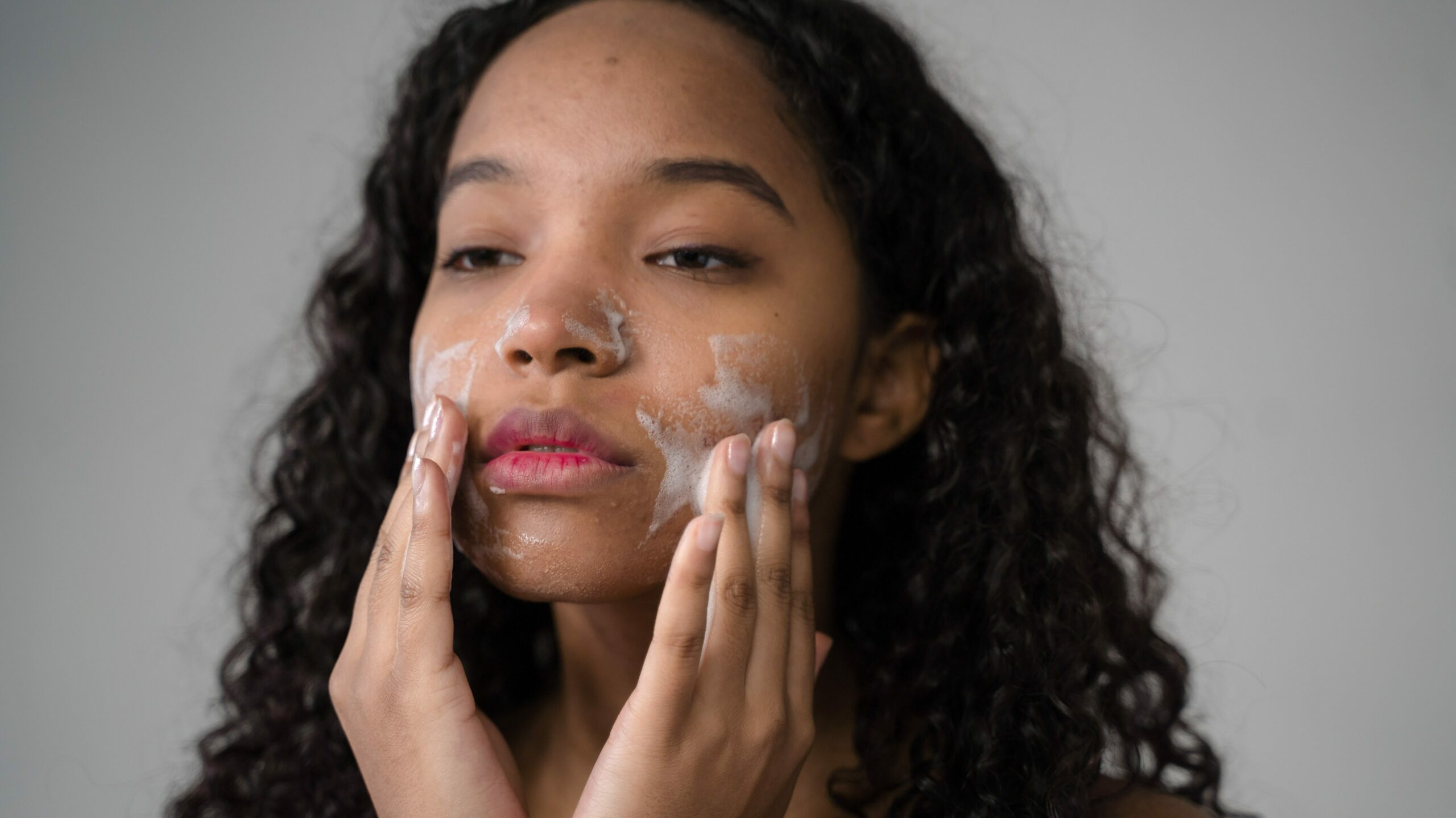
Acne and hygiene
Myth: I need to clean my skin as often as possible to prevent acne.
Truth: The underlying cause of acne has several contributing factors:
– Abnormal skin cell turnover, resulting in a skin cell plug forming over the oil glands in the skin
– Increased oil production in the blocked glands
– Increased number of bacteria within the blocked glands
– Inflammation of the skin as a result of the blocked glands
Excessive scrubbing can actually worsen acne by causing more inflammation through friction. Harsh soaps will dry out and irritate the skin, and this can lead to the oil glands producing more oil to counteract the dryness. Washing your face once daily with a gentle non-soap cleanser is all that is needed. For other face products such as moisturisers, makeup and sunscreen, it is helpful to choose ones that are specified to be ‘non-comedogenic’ – this means that the product has been tested to not cause or worsen acne. Products that are occlusive (thick and non-breathable) or that contain irritating ingredients, can worsen acne.
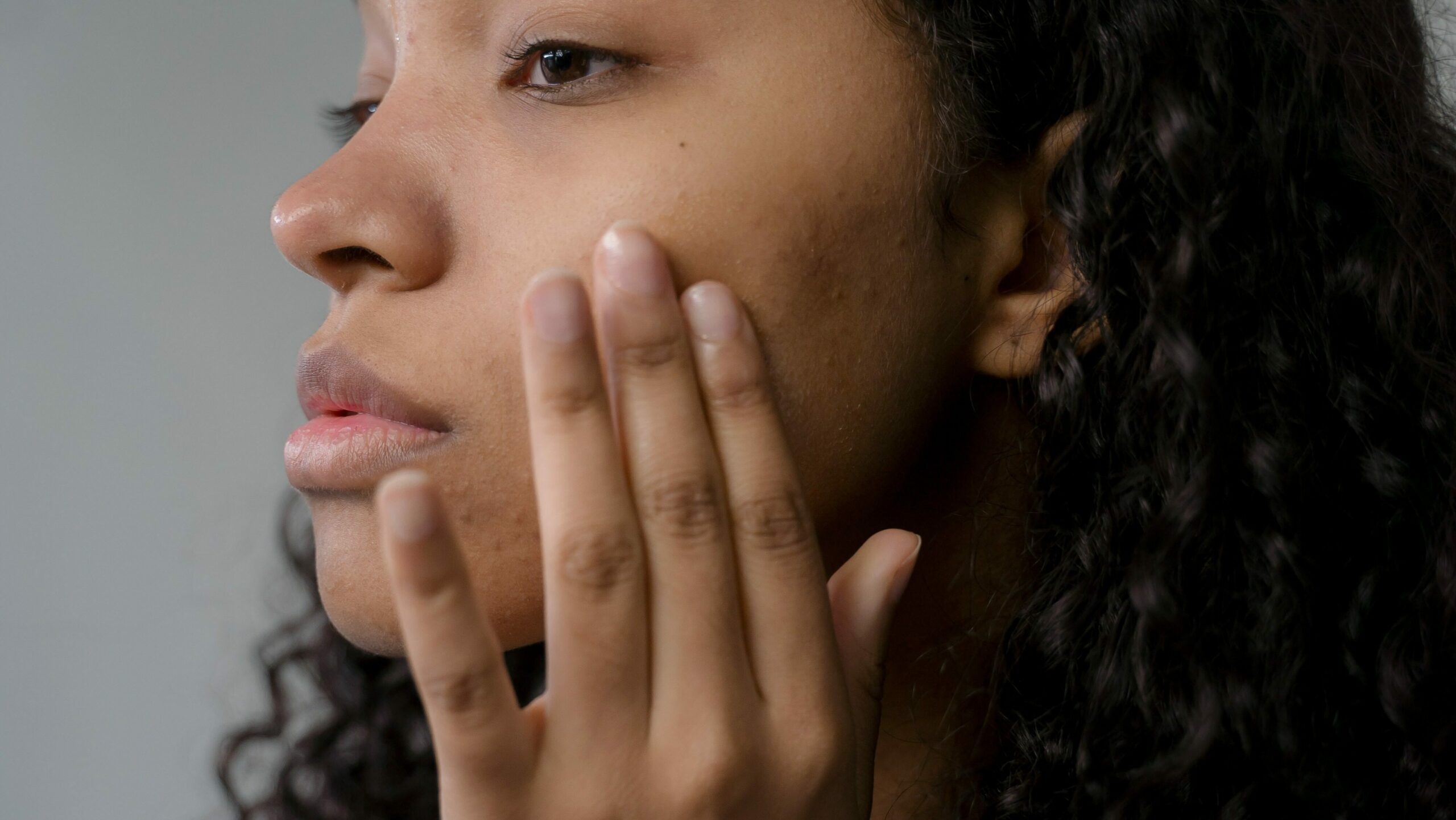
Adult acne
Myth: Acne is only for teenagers, so everyone will eventually grow out of their acne.
Truth: Acne is most prevalent in adolescents and young adults – with 90% of 16-18 year olds experiencing acne. Acne usually starts in adolescence because this is when androgen hormones are switched on.
Whilst acne can last for several years, in most adolescents it will self-resolve and not cause ongoing issues in adulthood. However, there is a percentage of people who will have acne persist into adulthood, or develop new acne as an adult. Adult onset acne typically develops over the age of 20, and can persist for many years. It often affects the cheeks and jawline, but can also occur in the same areas as adolescent acne. Some women may find their adult acne worsens around their period. The treatment options for adult acne are the same as adolescent acne.
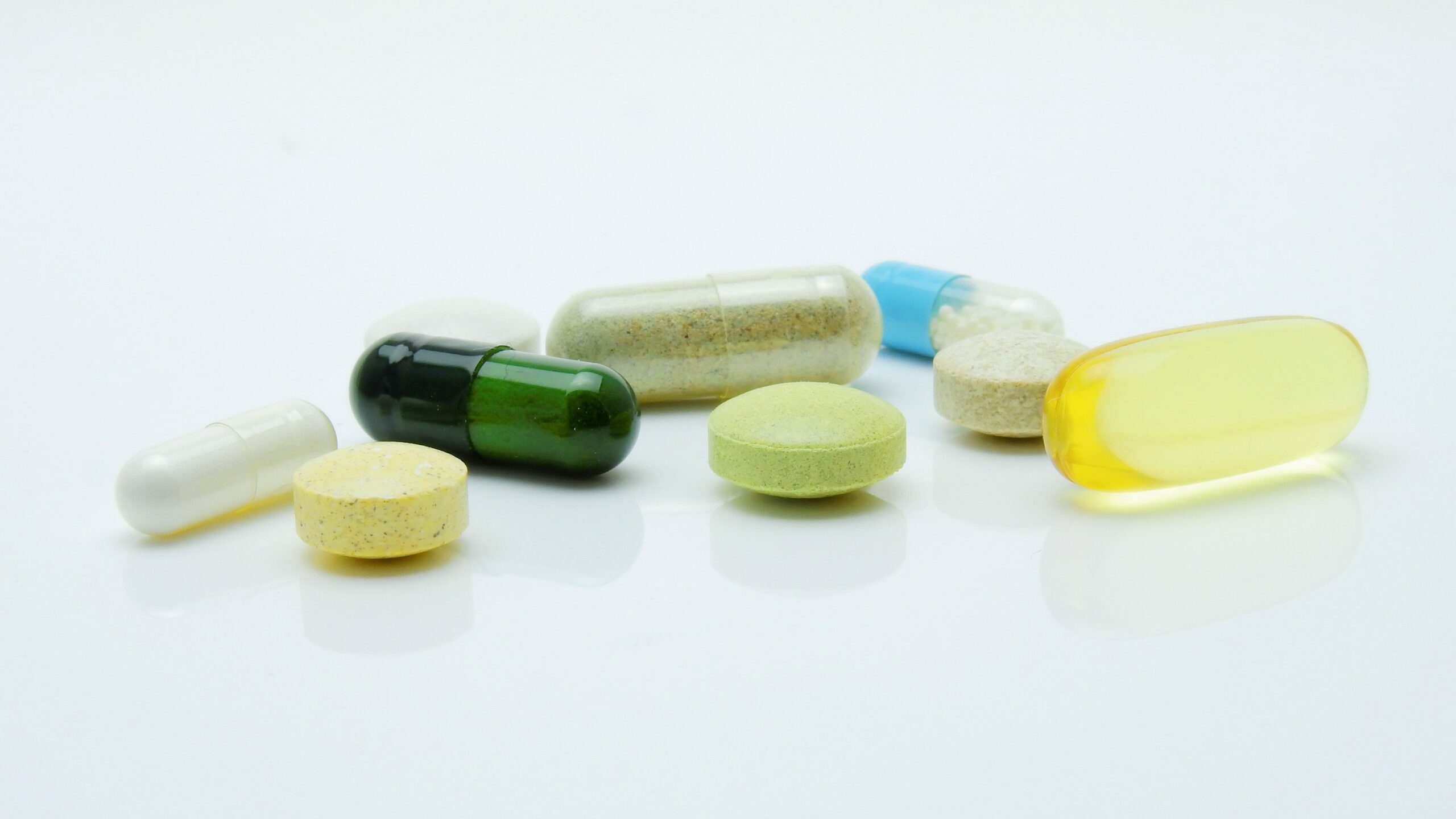
Medication and acne
Myth: Medication is a last resort for my acne, so I should put up with it unless it is severe.
Truth: The severity of acne on an individual can be difficult to quantify. Of course, medical professionals will have criteria to rate the appearance of acne from mild to severe, considering factors such as inflammation, scarring and the presence of nodules or cysts. However, the impact of acne on an individual can be far beyond the physical characteristics. Acne can have a significant impact on self-esteem and mood, particularly in adolescents, and this can occur regardless of the clinical severity of the acne. Acne can also risk scarring – due to the inflammation, cysts and picking/scratching, and these scars can be permanent. For these reasons, there should be a low threshold to considering treatment for your acne if it is bothering you. Like all medical conditions, we balance the risks and side effects of the treatment against the benefits to symptoms and quality of life. Acne medication includes both topical and oral treatments, so there are a wide range of options available to consider.
Topical (on the skin)
Salicyclic acid, benzoyl peroxide, azelaic acid and retinoid cream: These all help to unblock the pilosebaceous duct – the oil gland next to hair follicles that gets blocked in acne.
Topical antibiotics: These have anti-inflammatory properties and also reduce the load of Propionibacterium acnes bacteria on the skin.
Dapsone: A sulfone belonging to the family of medicines called anti-infectives. This has antibacterial and anti-inflammatory action.
Oral (tablets)
Oral antibiotics: These have anti-inflammatory properties and also reduce the load of Propionibacterium acnes bacteria on the skin. Acne may return once course is finished.
The Pill: The oestrogen in the Pill reduces circulating androgens. There are also pills containing progestogens that are anti-androgenic.
Tretinoin: This is a specialist treatment prescribed by Dermatologists that affects skin cell turnover.
References
Dermnet NZ. 2014. Acne (Accessed: https://dermnetnz.org/topics/acne)
Dermnet NZ. 2014. Acne management (Accessed: https://dermnetnz.org/topics/acne-treatment) Dermnet NZ. 2014. Adult acne (Accessed: https://dermnetnz.org/topics/adult-acne)
Diabetes Australia. 2022. Glycaemic Index (Accessed: https://www.diabetesaustralia.com.au/food-activity/eating-well/glycemic-index/)
Gebauer, Kurt. 2017. Acne in adolescents. Australian Family Physician (2017) 46: 892-5 (Accessed: https://www.racgp.org.au/afp/2017/december/acne-in-adolescents)
Jean Hailes. 2020. Hair and acne – management and treatment (Accessed: https://www.jeanhailes.org.au/health-a-z/pcos/hair-acne-management-treatment)
Pappa, Apostolos. 2009. The relationship of diet and acne: A review. DermatoEndocrinology (2009) 5: 262-7 (Accessed: https://www.ncbi.nlm.nih.gov/pmc/articles/PMC2836431/)
The Australasian College of Dermatologists. 2015. Acne Vulgaris (Accessed: https://www.dermcoll.edu.au/atoz/acne-vulgaris/) The Australasian College of Dermatologists. 2015. Adult acne (Accessed: https://www.dermcoll.edu.au/atoz/adult-acne/)